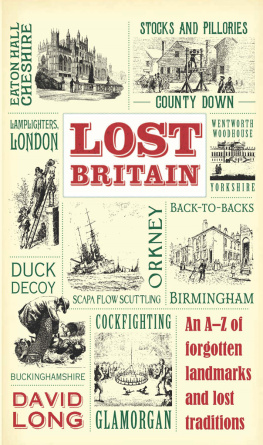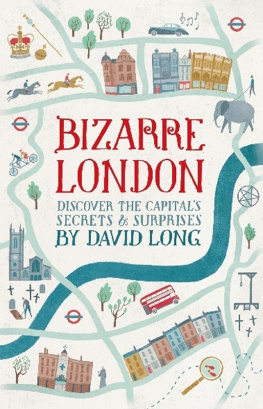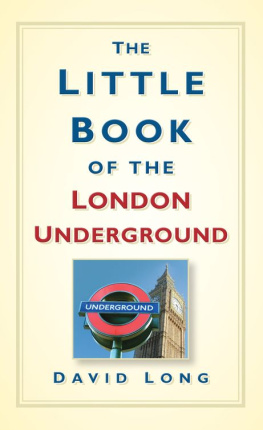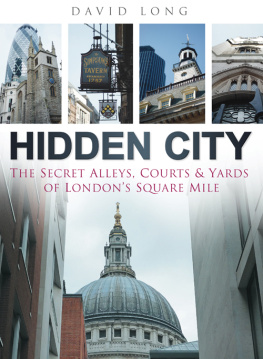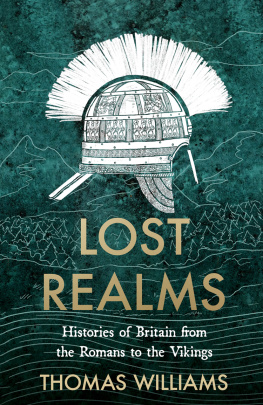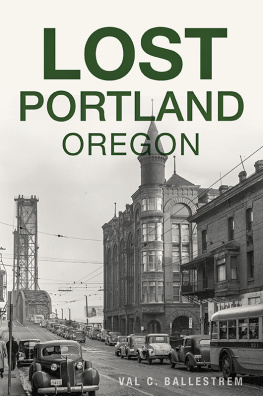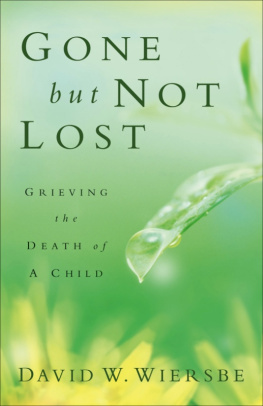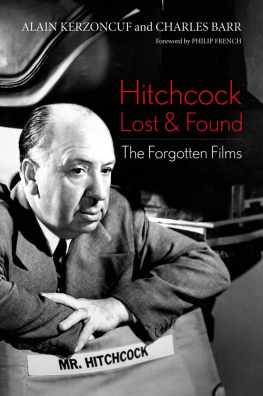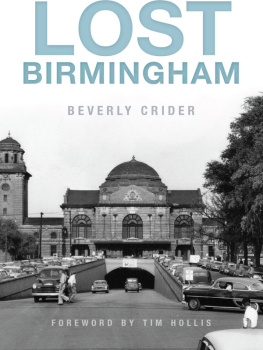David Long - Lost Britain: An A-Z of Forgotten Landmarks and Lost Traditions
Here you can read online David Long - Lost Britain: An A-Z of Forgotten Landmarks and Lost Traditions full text of the book (entire story) in english for free. Download pdf and epub, get meaning, cover and reviews about this ebook. year: 2015, publisher: MikeOMara, genre: Non-fiction. Description of the work, (preface) as well as reviews are available. Best literature library LitArk.com created for fans of good reading and offers a wide selection of genres:
Romance novel
Science fiction
Adventure
Detective
Science
History
Home and family
Prose
Art
Politics
Computer
Non-fiction
Religion
Business
Children
Humor
Choose a favorite category and find really read worthwhile books. Enjoy immersion in the world of imagination, feel the emotions of the characters or learn something new for yourself, make an fascinating discovery.
- Book:Lost Britain: An A-Z of Forgotten Landmarks and Lost Traditions
- Author:
- Publisher:MikeOMara
- Genre:
- Year:2015
- Rating:3 / 5
- Favourites:Add to favourites
- Your mark:
- 60
- 1
- 2
- 3
- 4
- 5
Lost Britain: An A-Z of Forgotten Landmarks and Lost Traditions: summary, description and annotation
We offer to read an annotation, description, summary or preface (depends on what the author of the book "Lost Britain: An A-Z of Forgotten Landmarks and Lost Traditions" wrote himself). If you haven't found the necessary information about the book — write in the comments, we will try to find it.
Lost Britain: An A-Z of Forgotten Landmarks and Lost Traditions — read online for free the complete book (whole text) full work
Below is the text of the book, divided by pages. System saving the place of the last page read, allows you to conveniently read the book "Lost Britain: An A-Z of Forgotten Landmarks and Lost Traditions" online for free, without having to search again every time where you left off. Put a bookmark, and you can go to the page where you finished reading at any time.
Font size:
Interval:
Bookmark:

First published in Great Britain in 2015 by
Michael OMara Books Limited
9 Lion Yard
Tremadoc Road
London SW4 7NQ
Copyright David Long 2015
All rights reserved. You may not copy, store, distribute, transmit, reproduce or otherwise make available this publication (or any part of it) in any form, or by any means (electronic, digital, optical, mechanical, photocopying, recording or otherwise), without the prior written permission of the publisher. Any person who does any unauthorized act in relation to this publication may be liable to criminal prosecution and civil claims for damages.
A CIP catalogue record for this book is available from the British Library.
ISBN: 978-1-78243-439-9 in hardback print format
ISBN: 978-1-78243-441-2 in e-book format
Jacket picture sources: Stocks and Pillories, Old Sarum and Local Time from Clipart.com
Designed and typeset by Design 23
www.mombooks.com
Contents
Britain is a place steeped in history: it has several famous World Heritage Sites, dozens of designated battlefields and protected shipwrecks, thousands of conservation areas, tens of thousands of Scheduled Ancient Monuments and hundreds of thousands of historic, listed buildings and these make up just a tiny fraction of our history. Yet, for a country that has preserved so much of its past, an awful lot has been lost.
Over the centuries, priceless treasures have disappeared, exceptional buildings have been torn down, potentially world-changing technologies quietly killed off and entire settlements wiped out by wars or a catastrophe of nature. Sometimes the search for them has never been called off for example in the Fens where King Johns crown jewels are thought to have vanished. But, more often, there is no hope of recovery because the loss has been total or because no one has any clear idea of where to look.
Sometimes all we have left are a few tantalizing clues in a fading document, an odd fragment of carved stone poking through the grass or a shadowy outline made visible only by the magic of ground-penetrating radar. But exploring history this way can be thrilling and more rewarding than traipsing along the heritage trail where all the romance has been lost to the coaches, queues and crowds. This book, I hope, provides the perfect place to begin your search.
D AVID L ONG ,
B RENT E LEIGH , S UFFOLK

H ENRY VIII WAS CONSIDERATE ENOUGH
to pay 23 for a French swordsman to behead his wife its a cleaner cut than when using an executioners axe but showed no such care when it came to burying her remains.
While in itself not exactly surprising, the horribly casual disposal of the dead queen came to light in the 1870s during work on the chapel of St Peter ad Vincula in the Tower of London. Lifting the chancel floor, workmen found thousands of bones, including those of a young woman crammed unceremoniously into an old elm munitions box.
Forensic examination revealed that these were all perfectly consolidated and symmetrical and belong to the same person. It was also apparent that the skull, with its large eyes, oval face, and rather square full chin, was in entirely the wrong place for someone who had been buried in one piece. There was no evidence of the rumoured sixth finger, but little doubt that it was the body of Anne Boleyn.
Sensitive to the status of these and other remains, which included another two queens, two saints and numerous noblemen, Queen Victoria determined they should be reburied in a more respectful and orderly fashion. What would not have been apparent at this time, however, was that Anne may well have been missing something other than just her head.
At such a distance and with her death surrounded by myth, the truth is impossible to verify, but for centuries many have believed that the queens heart was removed after her execution and then spirited away from the capital.

Some say this was done on the orders of Henry, but it seems unlikely that he would trouble to give this order, only then to show no interest at all in what happened to the rest of her. Others insist it was her uncle who rescued the organ, Sir Philip Parker of Erwarton Hall in Suffolk, returning home with it and arranging for an interment in the local parish church dedicated to St Mary.
It is a colourful story, typical of the kind of romantic drama that is attributed to doomed royals. The difference with this tale is that it might have some substance. The decoration on the font in St Marys church includes a rather singular Tudor rose, and the local pub is called the Queens Head. The clincher, however, is the discovery of a small heart-shaped lead casket in 1837. By then it contained nothing more substantial than dust, but this and the suggestion it was reburied beneath the organ has proved to be more than enough to keep the legend alive.

A V ICTORIAN INNOVATION , BUILT AT A TIME OF
rapid population expansion and increasing urbanization, the back-to-back house provided a cheap way of accommodating the poor, although its shortcomings very quickly became apparent.
In most British towns and cities, specific laws make it illegal to run a washing line across the street, but for decades working-class families in cities such as Birmingham, Leeds, Liverpool and Manchester had no choice. From the 1830s they were crammed into back-to-backs, dingy slum terraces in which pairs of terraced houses shared their back walls, leaving no room for even the meanest yard.
Sharing their side walls with the neighbours as well meant that such dwellings could be built very cheaply and quickly. Unfortunately, the resulting paucity of doors and windows meant the houses were poorly lit and ventilated. The inevitable overcrowding also meant that sanitation, such as it was, was arguably of an even lower standard than was normal for the times.
Various initiatives after the Great War, and the 1919 Housing Act, eventually led to these back-to-backs being swept away. As part of a nationwide programme of slum clearance and council-house building, for the first time ever, local authorities were required by law to provide decent housing as a social necessity. Today, as a result, just a single block of original back-to-backs survive intact.
Carefully preserved by the National Trust, numbers 5054 Inge Street and 5563 Hurst Street in Birmingham offer an insight into the lives of the many hundreds of thousands of workers who were crammed into similar properties over the course of more than a century. One can only try to imagine the filth and squalor, because essential restoration work has left the old buildings looking rather nice. But by incorporating shop fronts as well as houses and workshops in a single block, this unique survivor gives a good impression of the crushingly claustrophobic and cheek-by-jowl nature of life and work for many ordinary Victorians.

O NCE A KINGPIN OF E NGLISH MERCHANT BANKING ,
Barings 1995 collapse made headlines around the world, although in the light of subsequent scandals its losses of just over 800 million seem almost modest.
Britain has many old and venerable banks. As the queens banker, Coutts & Co. enjoys a certain cachet, and C. Hoare is still run by the descendants of its founder after eleven generations and nearly 350 years. Barings was a comparative newcomer to the City of London, but was nevertheless counted among this same elite once upon a time.
Font size:
Interval:
Bookmark:
Similar books «Lost Britain: An A-Z of Forgotten Landmarks and Lost Traditions»
Look at similar books to Lost Britain: An A-Z of Forgotten Landmarks and Lost Traditions. We have selected literature similar in name and meaning in the hope of providing readers with more options to find new, interesting, not yet read works.
Discussion, reviews of the book Lost Britain: An A-Z of Forgotten Landmarks and Lost Traditions and just readers' own opinions. Leave your comments, write what you think about the work, its meaning or the main characters. Specify what exactly you liked and what you didn't like, and why you think so.

